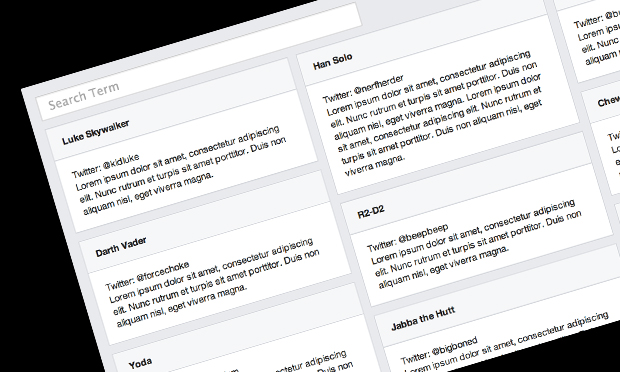In recent years, the rise of artificial intelligence (AI) has revolutionized the way businesses operate, and chatbots powered by AI have become a popular tool for customer service, lead generation, and marketing. One such chatbot is ChatGPT, a language model trained by OpenAI that can provide automated, natural language responses to users.
However, simply deploying a chatbot is not enough to achieve success. To truly leverage ChatGPT, it is important to combine it with analytics. Analytics can help you understand how users are interacting with your chatbot and how it is impacting your business. In this blog post, we will explore how to leverage ChatGPT and analytics to improve your customer engagement and optimize your business performance.
- Define your business goals
Before leveraging ChatGPT and analytics, it is important to define your business goals. What are you trying to achieve with your chatbot? Are you looking to generate leads, improve customer satisfaction, or increase sales? Once you have defined your goals, you can use analytics to track how your chatbot is contributing to these goals. - Set up analytics
To track the effectiveness of your chatbot, you need to set up analytics. This can be done by integrating your chatbot with a third-party analytics tool or by using the built-in analytics functionality of your chatbot platform. Some metrics that you should track include the number of conversations, conversation duration, user satisfaction, and conversion rate. - Monitor user interactions
With analytics set up, you can now monitor user interactions with your chatbot. Analyze the conversations to see where users are dropping off or where they are getting stuck. This can help you identify areas where your chatbot needs improvement or where additional support is required. - Use analytics to improve your chatbot
Analytics can provide valuable insights into how users are interacting with your chatbot and how it is impacting your business. Use these insights to improve your chatbot by addressing areas where users are experiencing difficulties, adding new features to improve user experience, or optimizing the chatbot’s responses to improve conversion rates. - Continuously iterate and improve
The key to success with ChatGPT and analytics is continuous iteration and improvement. Use analytics to identify areas where your chatbot can be improved and make changes accordingly. Over time, your chatbot will become more effective at achieving your business goals and providing a seamless user experience.
Example of how marketing could leverage ChatGPT
Imagine you run an e-commerce store that sells a range of skincare products. You want to leverage ChatGPT to engage with your customers and provide them with personalized product recommendations. Here’s how you could do it:
- Deploy ChatGPT on your website or social media channels. Customers can interact with the chatbot to ask questions about your products, get personalized recommendations, and receive customer support.
- Set up analytics to track the effectiveness of the chatbot. You can monitor the number of conversations, the duration of each conversation, and the conversion rate (i.e., the number of customers who make a purchase after interacting with the chatbot).
- Train ChatGPT to provide personalized product recommendations. You can feed the chatbot with data about your customers’ preferences and purchase history to enable it to make tailored product suggestions.
- Use ChatGPT to generate leads. You can set up the chatbot to ask customers for their contact information and use it to build your email list for future marketing campaigns.
- Continuously improve the chatbot’s performance. Use analytics to identify areas where the chatbot can be improved and make changes accordingly. Over time, the chatbot will become more effective at engaging with customers and driving sales.
By leveraging ChatGPT in this way, you can provide your customers with personalized recommendations, improve their shopping experience, and generate more leads and sales for your business.
In conclusion, leveraging ChatGPT and analytics is a powerful way to improve customer engagement and optimize business performance. By defining your business goals, setting up analytics, monitoring user interactions, using analytics to improve your chatbot, and continuously iterating and improving, you can harness the full potential of ChatGPT and achieve your business objectives.





